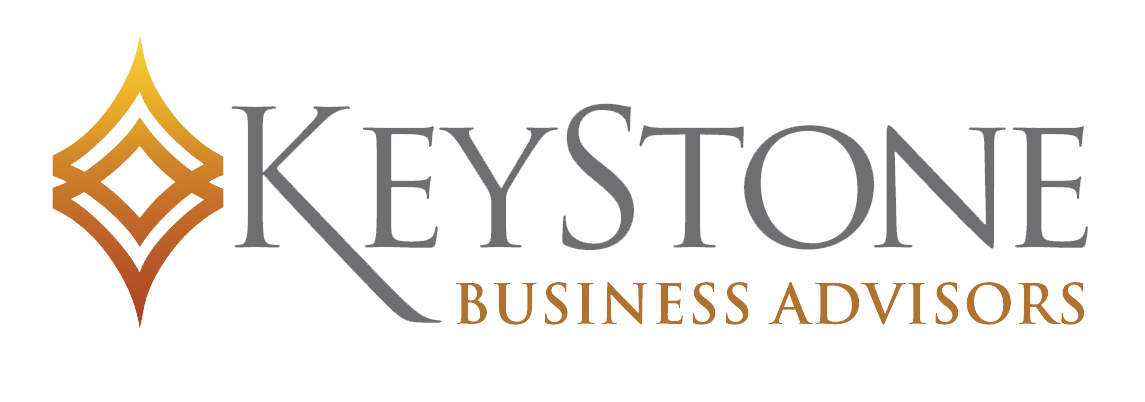Difference between real risk and perceived risk and its effect on the price of a business
In a previous blog, we discussed briefly how risk can be shifted between the buyer and seller during negotiations to achieve the desired price. Visualize with me for a moment; every deal has a big bucket of risk and each deal has a different size bucket. That bucket is filled with perceived risk and real risk. At the closing table, the risk is going to be poured out between the buyer and seller. A deal where no risk is poured in the seller’s cup would be an all cash deal. A good example of a deal where very little risk is taken by the buyer might be one that includes a small down payment and the rest being paid out over 10 years. These examples would indicate prices that reach into the far ends of the spectrum.
An all cash offer is the least risky offer to a seller, but the most risky offer to the buyer. As price gets higher a buyer will typically lengthen the time to pay the seller, or make the price contingent on the performance of the business. Keeping the seller involved is another way to lower the risk. The basic rule of thumb is that as the buyer’s risk goes up the price goes down. Keep in mind that if risk is too high the business simply won’t sell. This is evidenced in the fact that only 20% of businesses brought to market will ever sell.
So how can a seller reduce the risk to improve the deal terms and selling price of the business?
It all starts with identifying the perceived risks in the business and eliminating them through various means. The term “perceived risk” means that there is really no risk, but the buyer may perceive, assume, or calculate risk that simply is not there. A trained M&A professional can add significant value here by helping a business owner identify the perceived risk and address it upfront in the marketing documents or confidential business review. One very common example is having financials that don’t exude much confidence or credibility. There are ways to correct this prior to going to market that can improve the sales price of the business by as much as 1X profit.
Most businesses also carry real risks. The term “real risk” means that there really is a certain amount of uncertainty to the ongoing concern of the business. Examples of this include high customer concentration, supplier concentration, dependency on the business owner, etc. All of these risks need to be addressed to help reduce the buyers concerns.
It is imperative to identify and address both perceived risk and real risk as early in the process as possible. Any buyer that identifies a red flag late in the process is most likely going to wonder what else they might find after they purchase the business and is likely to walk away from the deal.
